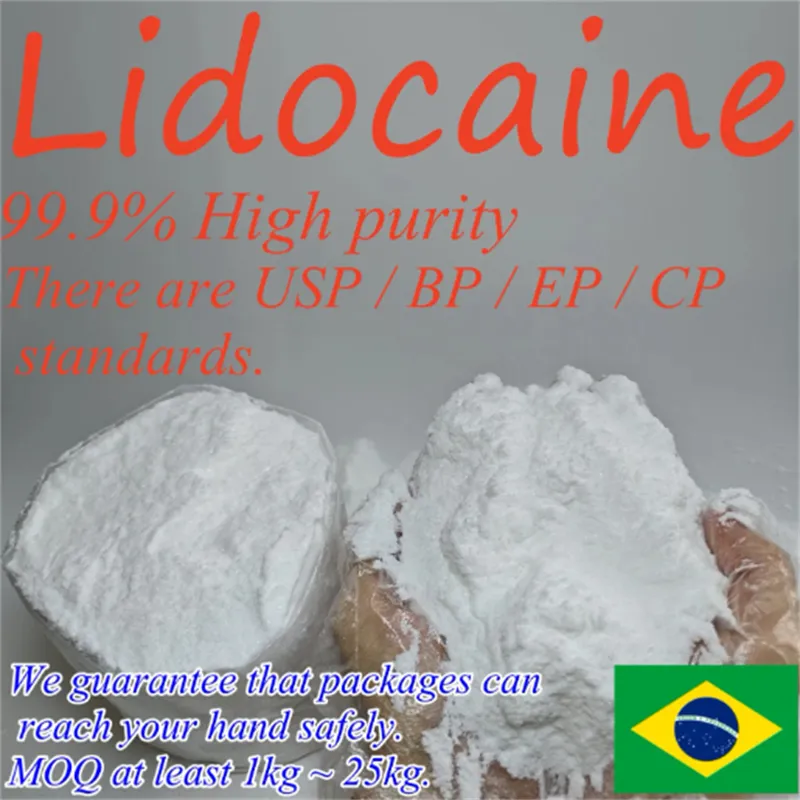Warning: Undefined array key "title" in /home/www/wwwroot/HTML/www.exportstart.com/wp-content/themes/1198/header.php on line 6
Warning: Undefined array key "file" in /home/www/wwwroot/HTML/www.exportstart.com/wp-content/themes/1198/header.php on line 7
Warning: Undefined array key "title" in /home/www/wwwroot/HTML/www.exportstart.com/wp-content/themes/1198/header.php on line 7
Warning: Undefined array key "title" in /home/www/wwwroot/HTML/www.exportstart.com/wp-content/themes/1198/header.php on line 7
- Afrikaans
- Albanian
- Amharic
- Arabic
- Armenian
- Azerbaijani
- Basque
- Belarusian
- Bengali
- Bosnian
- Bulgarian
- Catalan
- Cebuano
- China
- China (Taiwan)
- Corsican
- Croatian
- Czech
- Danish
- Dutch
- English
- Esperanto
- Estonian
- Finnish
- French
- Frisian
- Galician
- Georgian
- German
- Greek
- Gujarati
- Haitian Creole
- hausa
- hawaiian
- Hebrew
- Hindi
- Miao
- Hungarian
- Icelandic
- igbo
- Indonesian
- irish
- Italian
- Japanese
- Javanese
- Kannada
- kazakh
- Khmer
- Rwandese
- Korean
- Kurdish
- Kyrgyz
- Lao
- Latin
- Latvian
- Lithuanian
- Luxembourgish
- Macedonian
- Malgashi
- Malay
- Malayalam
- Maltese
- Maori
- Marathi
- Mongolian
- Myanmar
- Nepali
- Norwegian
- Norwegian
- Occitan
- Pashto
- Persian
- Polish
- Portuguese
- Punjabi
- Romanian
- Russian
- Samoan
- Scottish Gaelic
- Serbian
- Sesotho
- Shona
- Sindhi
- Sinhala
- Slovak
- Slovenian
- Somali
- Spanish
- Sundanese
- Swahili
- Swedish
- Tagalog
- Tajik
- Tamil
- Tatar
- Telugu
- Thai
- Turkish
- Turkmen
- Ukrainian
- Urdu
- Uighur
- Uzbek
- Vietnamese
- Welsh
- Bantu
- Yiddish
- Yoruba
- Zulu
Sep . 12, 2024 03:25 Back to list
Xanthan Gum Production Process - Innovations and Applications
The Xanthan Gum Production Process A Detailed Overview
Xanthan gum is a widely used polysaccharide that serves as a thickening and stabilizing agent in various industries, including food, pharmaceuticals, and cosmetics. This biopolymer is produced through the fermentation of the sugar Xylose, typically derived from corn or other starch sources, using the bacterium *Xanthomonas campestris*. The production process of xanthan gum involves several key stages, each critical to ensuring a high-quality final product.
1. Preparation of Growth Medium
The first step in xanthan gum production is the preparation of the growth medium, which is designed to provide the necessary nutrients for the bacterium. This medium generally consists of a carbon source, such as glucose or sucrose, nitrogen sources, minerals, and trace elements. The precise composition of the growth medium is essential, as it influences not only the yield of xanthan gum but also its molecular weight and viscosity.
2. Fermentation
Once the growth medium is prepared, the next step is the fermentation process. This typically occurs in large bioreactors, where controlled conditions such as temperature, pH, and aeration are maintained to facilitate the growth of *Xanthomonas campestris*. The fermentation period can vary from a few days to over a week, depending on the desired xanthan gum concentration. During fermentation, the bacteria metabolize the sugars in the medium, producing xanthan gum as a byproduct. Monitoring the fermentation conditions is crucial, as it directly affects the quality and viscosity of the xanthan gum produced.
3. Extraction
xanthan gum process

After fermentation, the xanthan gum needs to be extracted from the fermentation broth. This is usually accomplished by first separating the bacterial cells from the liquid using centrifugation or filtration techniques. The supernatant, which contains the xanthan gum, is then precipitated using alcohol, typically isopropanol or ethanol. This causes the xanthan gum to aggregate and form a gel-like mass, which can be collected and further purified.
4. Purification
Purification is an important step to ensure that any residual impurities, such as unreacted sugars or proteins, are removed from the xanthan gum. This is typically done through a series of washing and drying processes. The purified xanthan gum is then dried to a specific moisture content, often using spray-drying or freeze-drying techniques, to create a stable powder that can be easily stored and transported.
5. Quality Control
The final stage in the xanthan gum production process is quality control. Samples of the produced xanthan gum are tested for various parameters, including viscosity, pH, and microbial contamination. Ensuring consistency and high quality is vital, as xanthan gum is a key ingredient in many applications where texture and stability are paramount.
In conclusion, the xanthan gum production process is a complex yet fascinating combination of fermentation microbiology and industrial processing. With its unique properties, xanthan gum continues to find applications in diverse fields, thanks to the meticulous methods by which it is produced. The ongoing research in optimizing production techniques promises to enhance yields and expand the utility of this versatile biopolymer, supporting an ever-growing demand in global markets.
Latest news
-
Certifications for Vegetarian and Xanthan Gum Vegetarian
NewsJun.17,2025
-
Sustainability Trends Reshaping the SLES N70 Market
NewsJun.17,2025
-
Propylene Glycol Use in Vaccines: Balancing Function and Perception
NewsJun.17,2025
-
Petroleum Jelly in Skincare: Balancing Benefits and Backlash
NewsJun.17,2025
-
Energy Price Volatility and Ripple Effect on Caprolactam Markets
NewsJun.17,2025
-
Spectroscopic Techniques for Adipic Acid Molecular Weight
NewsJun.17,2025

